Why Belgian vets are saying yes to objective gait analysis
Top Belgian equine veterinarians are clear: Objective gait analysis is becoming as essential as X-rays.
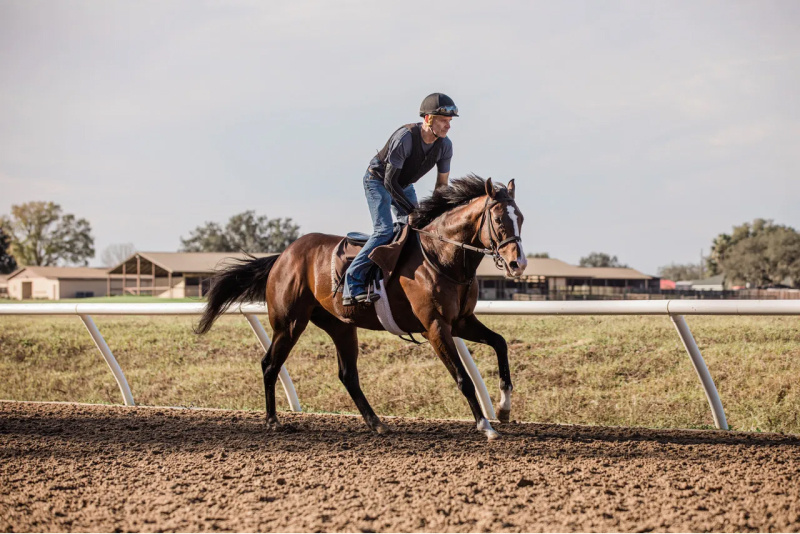
Few names resonate as strongly in the world of horse racing as Mark Casse's. A third-generation horseman, Casse has carved out an enduring legacy in the sport. We recently had the privilege of sitting down with Mark to discuss his journey and his approach to horse health and performance.

“They say I was foaled, not born…,” Casse chuckles. “It’s always been horses for me. I remember riding with my father in a horse van from Florida to Kentucky for the Derby. I got to watch the legendary Secretariat run. I was only 12, but I was hooked.”
The early exposure to horses and the thrill of horse racing ignited a lifelong passion in Casse.
“At first I wanted to be a jockey, but I found that I liked to eat too much. I didn’t have enough heart for it. It's a tough profession. I realised, and that was at the age of 15 or so, that training was what I wanted to do.”
Casse grew up in Ocala, Florida where his father ran Cardinal Hill Farm and was one of the founders of the Ocala Breeders' Sales Company.
“My father was primarily a good horse breeder and a bad horse trainer. I loved him dearly but yeah, training horses was not his forte. I learned a lot of things from him in terms of what not to do.”
Known for his innovative training methods and dedication to horse welfare, Casse's name has become synonymous with success in horse racing. He has over 3500 wins to his name, including multiple Breeder’s Cup wins and a historic triumph at Royal Ascot. He was inducted into the Canadian Horse Racing Hall of Fame in 2016 and the U.S. Racing Hall of Fame in 2020.
"It has to be winning the Queen Anne Stakes at Royal Ascot with Tepin," Casse reflects. "To go over to the UK and beat them at their own game... that was amazing. And we got to meet the Queen!"
Tepin's historic victory marked the first time an American-based horse had won the prestigious race.

Tepin, often referred to as the "Queen of the Turf," made history under Casse's guidance by winning the Queen Anne Stakes in 2016. Her victory not only highlighted her extraordinary talent but also underscored Casse's exceptional training skills.
Casse's forward-thinking approach extends beyond traditional training methods. His adoption of advanced technology, like the Sleip gait analysis app, exemplifies his commitment to the well-being of his horses and the continuous improvement of his training techniques.
“If you stand still, you get run over. That’s one of the things I've always said, so I'm always trying to be better. And I think Sleip has helped us do that,” says Casse.
“It helps us make better calls for the horses. It gives us hard data, and confirmation. And it’s easy to use.”
The Casse operation spans six locations, and being able to measure the horses objectively provides uniformity and a shared language.
“It also allows us to keep tabs on horses remotely. So if there's a problem today in South Florida, we’ll just ask the guys there to do a Sleip recording and we can look at the data here.
Casse’s team has been using Sleip for about 18 months. To date, they have “Sleiped” almost 500 horses and documented over 2,000 analyses.
“We probably do about eight or ten analyses a day in our different locations,” he comments.
Easy access to objective measurements and AI capabilities have made a difference for Casse’s team and the horses under his care. His vets use Sleip to increase precision in diagnostics, guide blocking, and evaluate treatment. Above all, the technology allows the team to monitor the horses and detect issues early on.
“We have a system, where we’ll watch the horses on the track. If I'm not exactly happy with how a horse is looking, then we’ll run a Sleip analysis. If it comes back with anything over a 1 on the Sleip asymmetry scale, we explore a little closer and try to pinpoint what the problem could be. Anything under a 1 we don’t get too concerned about.”
The Sleip app returns a summary view where asymmetry levels for each limb are indicated with a colour grading—from green to grey, yellow, orange, and red. An easy scroll-down gives the quantified measurements and confidence intervals. Historical analyses are stored, giving the team valuable baseline measurements for detecting irregularities and tracking changes.
"Maybe a year or so ago, I had a very good horse who ran a race and he won it. But my assistant in South Florida rang me after and said, ‘Something’s not right’. We did a Sleip recording and he came back with a severe asymmetry, a Sleip measurement of over 2, on a hind leg. So then we x-rayed him and discovered he had the start of a condylar fracture. We were able to catch it early."
Another instance illustrates how Sleip aids in decision-making during races: "Last summer I had a horse running and my assistant felt she was fine but the commission vets were worried. We Sleiped her, and she came back with a severe asymmetry, a Sleip measurement of 2.2, on the right front so we pulled her from the race."
In recent years, racing authorities and regulatory veterinarians have been exploring new ways to enhance horse welfare and ensure the integrity of the sport. Sleip is increasingly used in this context.
Casse envisions a future where Sleip and similar technologies become standard tools in racing stables and regulatory bodies alike. Looking ahead, Casse hopes to see broader applications for technologies like Sleip in the industry, advocating for their use in maintaining the highest standards of horse welfare.
“I think it's a possibility and you guys have done a tremendous job. I’ve brought Sleip to the attention of a few racing commissions and showed it to the head of the California vet board among others. I'll keep tooting your horn!”
As we wrap up our conversation, it’s clear that Mark Casse’s success is no accident. His genuine love for his horses is evident as he continues to push the boundaries of what is possible in horse racing. In Casse’s world, standing still is never an option—there’s always another race to win, another horse to train, and another innovation to embrace.
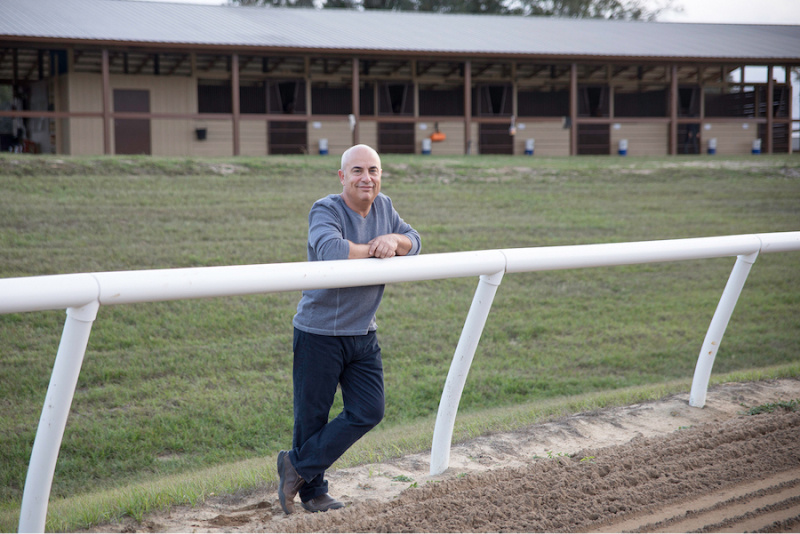
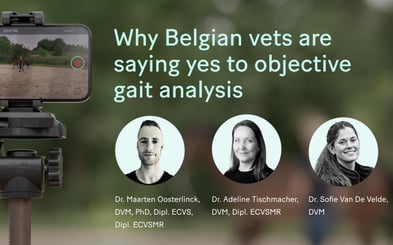
Top Belgian equine veterinarians are clear: Objective gait analysis is becoming as essential as X-rays.
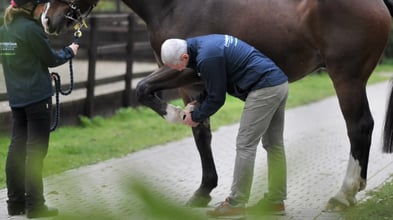
Giorgio Ricardi of Donnington Grove Equine Vets reveals how data-driven gait analysis enhances clinical decisions in complex lameness cases.
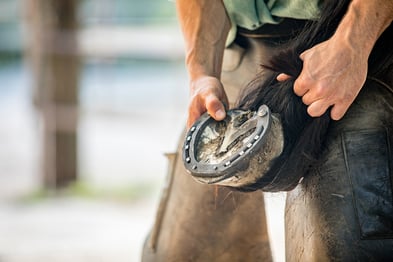
We sat down with UK Master Farrier Marc Jerram, who blends traditional skill with modern gait analysis to spot issues early and collaborate with vets on targeted solutions.